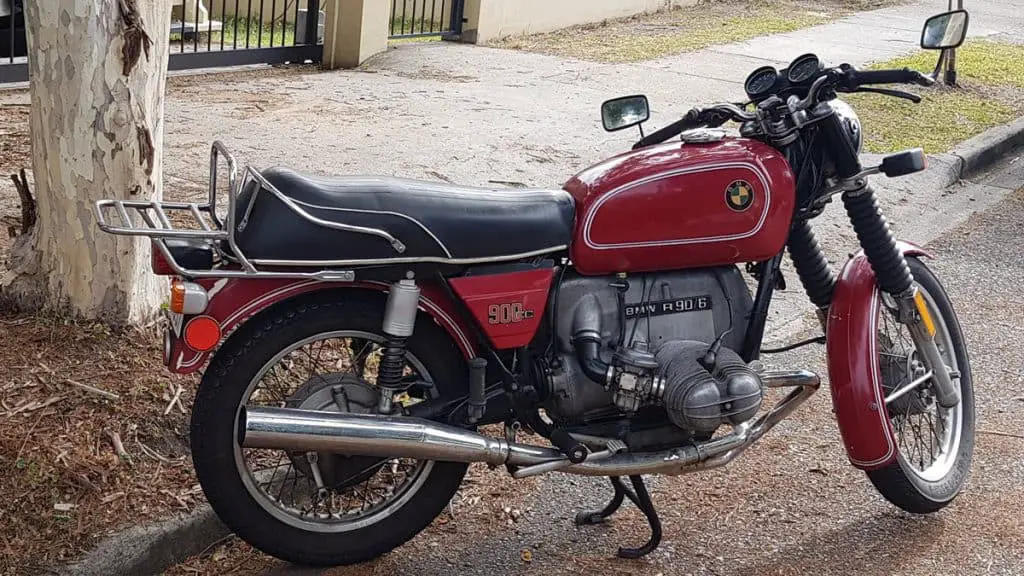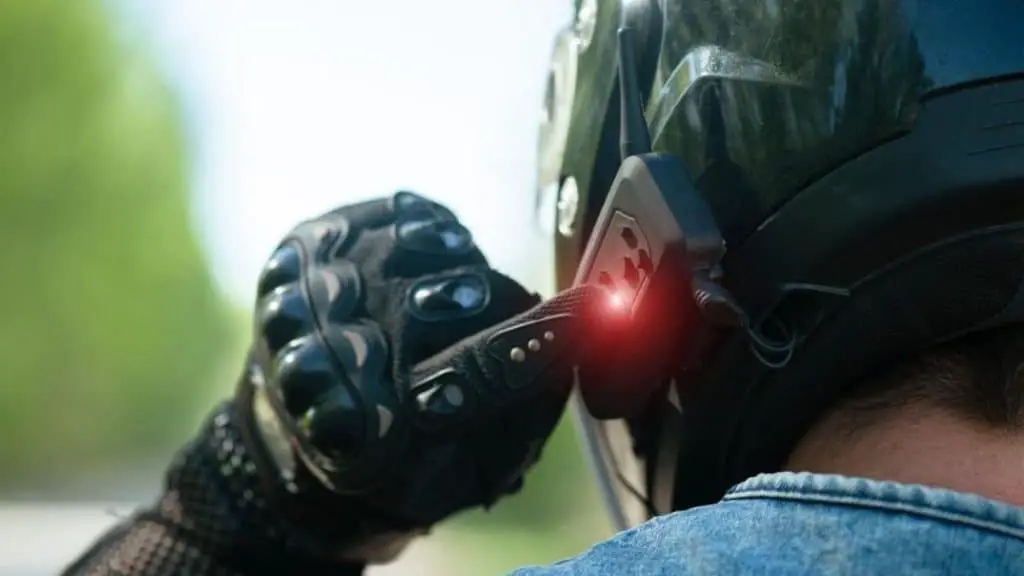Online Motorcycle Safety Course – An Interactive Introduction to Life on Two-Wheels
Whether you’re buying a motorcycle for the first time or making a welcome return to two-wheels, it’s a big deal in terms of investment and commitment. But how can you get a sense of what’s to come without having to throw your leg over a bike physically? The answer is an online motorcycle safety course.
An online motorcycle safety course, also known as e-learning or e-course, takes advantage of the type of interactivity that only a computer can provide. Through easy to follow integrated graphics videos and photographs, online motorcycle safety courses are an essential primer, giving learners a taste of what’s to come.
Related post: What Questions are on a Motorcycle Permit Test?
Why Take an Online Motorcycle Safety Course?
You may be a complete novice and thinking about motorcycling as a means of inexpensive commuter transport. Alternatively, you’ve heard the road’s call and want to experience the type of freedom that only two-wheels can provide.
Whatever the reason, an online motorcycle safety course addresses the one vital question you need to answer, is motorcycling for me?
Furthermore, you can answer this question in the comfort of your own home, in a stress and peer pressure-free environment.

Online safety courses are taught in many different ways depending on the course and the provider. The first is a stand-alone course designed as an independent lesson.
This type, of course, aims to provide the participant with basic control and equipment orientation. It also gives information relating to the safety aspects and potential risks of life on two-wheels.
At the end of the e-lesson, you will have enough information to make an informed decision on your future potential as a motorcyclist.
The second is a taster or teaser course offered by a particular organization. This type of e-course will undoubtedly have the same elements of content as the one mentioned earlier. However, the virtual lesson is a natural precursor to the hands-on lessons.
You may also find that some motorcycle training organizations offer ongoing e-learning, which you can access via subscription. In this scenario, the ongoing safety courses are suitable for novice to intermediate riders who want to top-up or learn new riding skills.
Riders can make use of weekly video releases and forums and swap real-world tips and experiences. This type of interactive learning encourages motorcycle safety as a lifelong journey rather than a way of getting a certificate.
What’s involved?
E-classes vary in length and subject matter depending on the type of course and the provider. The one common denominator they all have though, is that it’s possible to pause the lesson at any time. Doing this allows you to digest the information.
This ability to move at the individual learner’s pace, not to mention flick back over a subject again, is invaluable, especially as everyone learns at a different rate.

A basic interactive e-learning course should cover the following topics:
- Different types of motorcycles
- Hand and foot controls
- Primary operations
- Preparing to ride
- Coping with riding on the street
- Preparing for everyday riding situations
- Risks associated with riding
- Possible emergencies
How will it help me?
Not even the greatest motorcyclist that ever lived learned enough at the start of their motorcycling career to see them through the rest of their riding life.
Knowledge is power. The more information you can cram into your head regarding motorcycle-related skills and safety, the better rider you’ll become.
Motorcycles aren’t for everyone, and riding can look comparatively easy when you don’t understand the full extent of what’s involved. That’s why online motorcycle safety courses are such a great first step on a journey that can last a lifetime.
The emphasis here, though, is ‘great first step.’ Don’t assume for one moment that a couple of hours behind a computer screen is the equivalent of two hours in the saddle. All the virtual classrooms in the world can’t prepare you for the rush of adrenaline you’ll experience when you let go of the clutch for the first time.
The Bigger Picture for Motorcycling

Harley-Davidson is a typical reminder of an industry that is now facing a tough future. Their core baby-boomer market is getting too old to ride and the company has offered too little too late to attract a new generation of riders.
To prevent the number of bikers diminishing, and motorcycling to slowly drift into the realms of novelty transportation, the next generation of riders is vital.
Information, news, events, and socializing are all delivered via cell phones, hand-held devices, and computers. If we want to encourage new riders to sling a leg into the saddle, then attracting newbies via a medium they are most comfortable with makes total sense. Interactive online motorcycle safety courses may just hold the key.
Frequently Asked Questions
Are online motorcycle safety courses difficult?
No, they are not. The whole point of an online taster course is to familiarize the learner with basic information relating to controls and operating systems. Through live-action videos and animation, they will also get a feel for life behind bars (handlebars, of course).
Interactive online motorcycle classes are tailor-made to make the participant keen to progress to the next stage and jump in the saddle for real.
Can I get an insurance discount with an online course?
Maybe. This answer isn’t set in stone and depends on the online training organization and the insurance company. At present, insurance companies give discounted rates for hands-on courses only. As online courses become more relevant, this will change.

Who offers online lessons, and are they just for beginners?
Proving that online motorcycle courses are part of the lifelong learning program, here are four organizations, that provide online training for riders of different skills and experience:
- Motorcycle Safety Foundation — MSF is a nationwide not-for-profit organization. It is sponsored by some of the biggest names in motorcycling. Its comprehensive research-based Rider Education and Training System has international recognition. Committed to online learning, the MSF see their well-established e-course as the first interactive step towards motorcycling.
- MC Rider — This independent organization runs real-world motorcycle safety classes. However, it backs them up with a series of online instructional training videos. A new training video is added every week. Here, the emphasis is on learning new skills and building on them. Membership gives access to the Forum, which allows riders to interact and swap safety tips with other riders.
- Safety Serve — Safety Serve is part of the National Safety Council and specializes in defensive riding techniques. They have recently partnered with the MSF to provide a motorcycle safety program online. The course uses animation, graphics, and video. It offers an engaging learning platform whereby experienced students can build their knowledge base at their own pace and schedule.
- Ridefree (UK) — For British riders, there is a new online motorcycle training course that is completely free. Ridefree is designed to be completed before taking compulsory basic training (CBT) for a motorcycle or moped. Developed by the Driver and Vehicle Standards Agency (DVSA), there are 5 online modules covering a range of safety basics, road rules and perceiving hazards.





